Most everybody has seen startling images of leaves, hands, and faces surrounded a glowing corona and wondered what caused this amazing effect. Many New Age proponents cite this as proof of hidden human powers and evidence of energy lines advocated in the Chinese philosophy of Chi. People who claim to see auras state that different colors have specific meanings, revealing information about a person’s emotional and physiological state. So, what is it?
In 1889, B. Navratil coined the word ‘electrography’. In 1896, a French experimenter, H. Baraduc, created electrographs of hands and leaves. In 1898, Russian engineer Yakov Narkevich-Iodko, demonstrated electrography at the fifth exhibition of the Russian Technical Society. The technique is known by many names, such as ‘electrography’, ‘electrophotography’, ‘corona discharge photography’ (CDP), and ‘bioelectrography’.
In 1939, two Czechs, S. Pratt and J. Schlemmer published photographs showing a glow around leaves. That same year, Russian electrical engineer Semyon Kirlian, conducted experiments in which photographic film was placed on top of a conducting plate, and a conductor was attached to a hand, a leaf or some other material. The conductors were energized using a high-frequency, high-voltage power source, producing photographic images showing the object surrounded by an aura of light. Photographs of inanimate objects were be made by grounding the object.
In 1958, Kirlian reported the results of his experiments for the first time. His work was virtually unknown until 1970, when two Americans, Lynn Schroeder and Sheila Ostrander, published a book, Psychic Discoveries Behind the Iron Curtain. High-voltage electrophotography soon became known generally as Kirlian photography. Konstantin Korotkov developed a technique similar to Kirlian photography called ‘gas discharge visualization’. His GDV camera system consists of hardware and software to directly record, process and interpret GDV images with a computer.
Kirlian photography has been a thriving subject of parapsychology and many pseudoscientific claims. Results of scientific experiments published in 1976 showed that most variations in the corona discharge streamer length, density, curvature and color can be accounted for by the moisture content on the surface of and within the tissue. The high-voltage frequency applied to the conductor liberates electrons from the atoms, and the air around the object being photographed becomes ionized. The resulting image shows a glowing silhouette around the object—a corona plasma discharge.
In the 1970s, interest in paranormal research peaked. In 1968, Dr. Thelma Moss headed UCLA’s Neuropsychiatric Institute, later renamed the Semel Institute. The NPI had a laboratory dedicated to parapsychology research staffed mostly by volunteers. Toward the end of her tenure, Moss became interested in Kirlian photography. Her laboratory was later shut down by the university. According to Kerry Gaynor, one of her former research assistants, many felt that Kirlian photography’s effects were simply a natural occurrence. Paranormal claims of Kirlian photography have not been observed in any scientific experiment. The physiologist Gordon Stein has written that Kirlian photography is a hoax and has ‘nothing to do with health, vitality, or mood of a subject photographed’.
Kirlian believed that images created by his photographs depict an energy field generated by all living things, and reflected the physical and emotional state of the subject. He claimed that the images could be used to diagnose illness. A typical demonstration used as evidence for the existence of this energy field involved taking Kirlian photographs of a leaf at set intervals. The gradual withering of the leaf was thought to correspond to a decline in the strength of the ‘life force’. In some experiments, if a section of a leaf was cut away after the first photograph, a faint image of the missing section sometimes remains when a subsequent photograph is taken. However, if the imaging surface is cleaned of contaminants and residual moisture before the second image is taken, no image of the missing section appeared.
The living aura theory is partially repudiated by demonstrating that leaf moisture content has a pronounced effect on the electric discharge corona; more moisture creates larger corona discharges. As a result, the changing water content of the leaf can affect the resulting coronal discharge. Kirlian’s experiments do not provide evidence of a life force energy field, but do demonstrate vividly that electric fields produced by chemical processes generate coronal discharges. Auras produced using inanimate objects clearly do not have a life force.
Regardless of the cold scientific explanation of the effect and claims made in paranormal circles, Kirlian imaging may yet prove to have a valuable application in diagnosis of human physiology and treatment of diseases. Whatever the future holds, it should not detract from admiring the stunning beauty of the pictures.
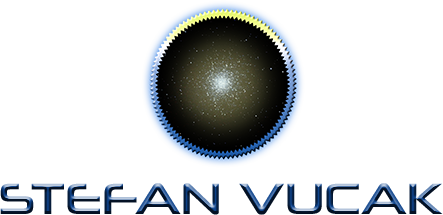
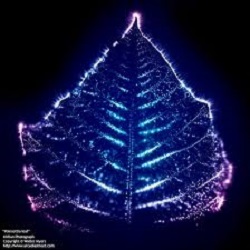

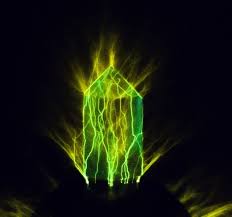

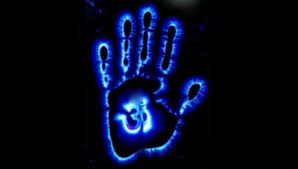
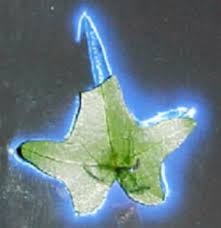
I’ve followed Kirlian
Photography for many years!
It is a blessing that it’s
shared around the world ☆
Keep up the good work in
this area *_*
Love/Peace ☆
One ♡
Thanks for your feedback, Charles.